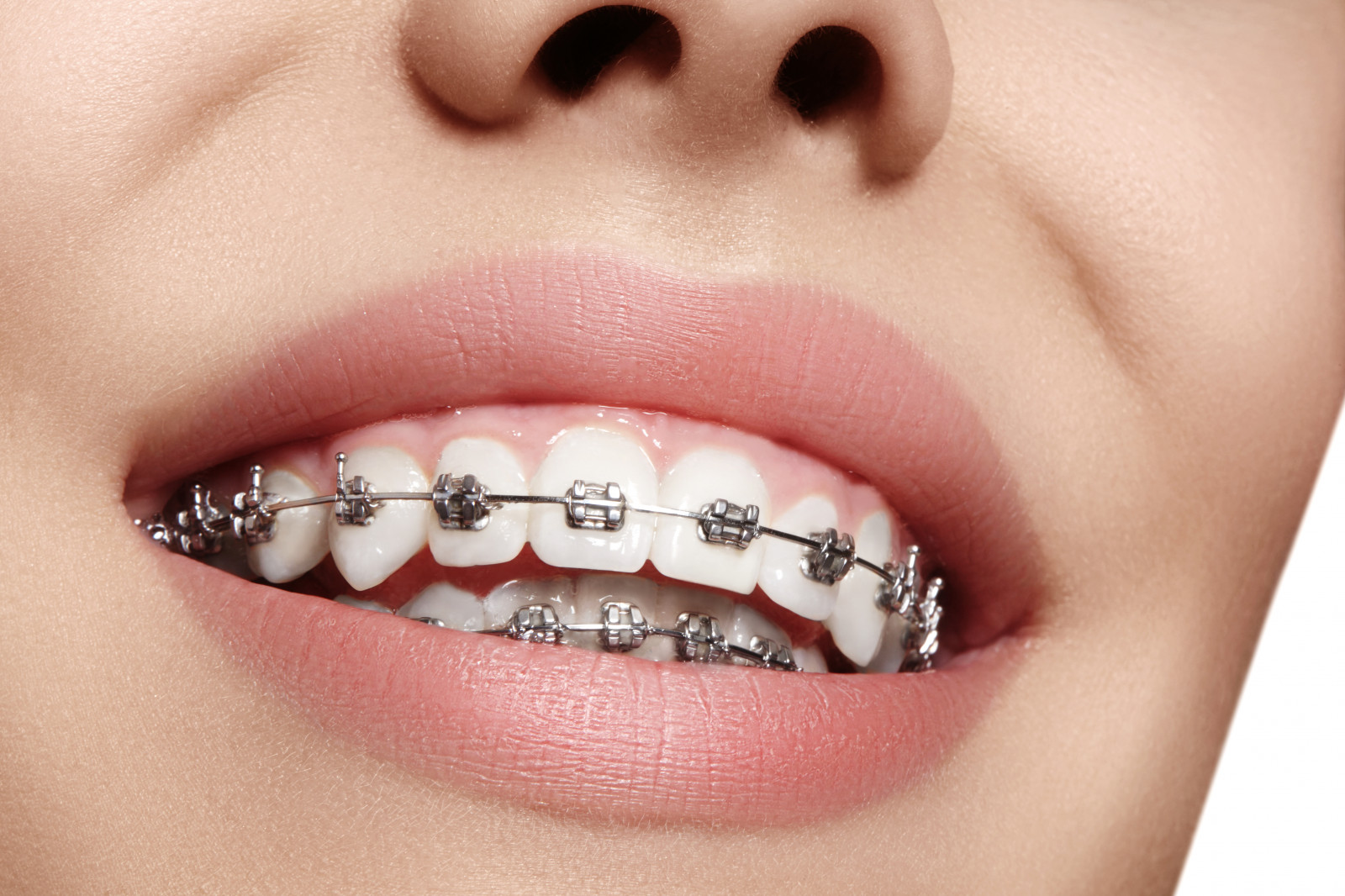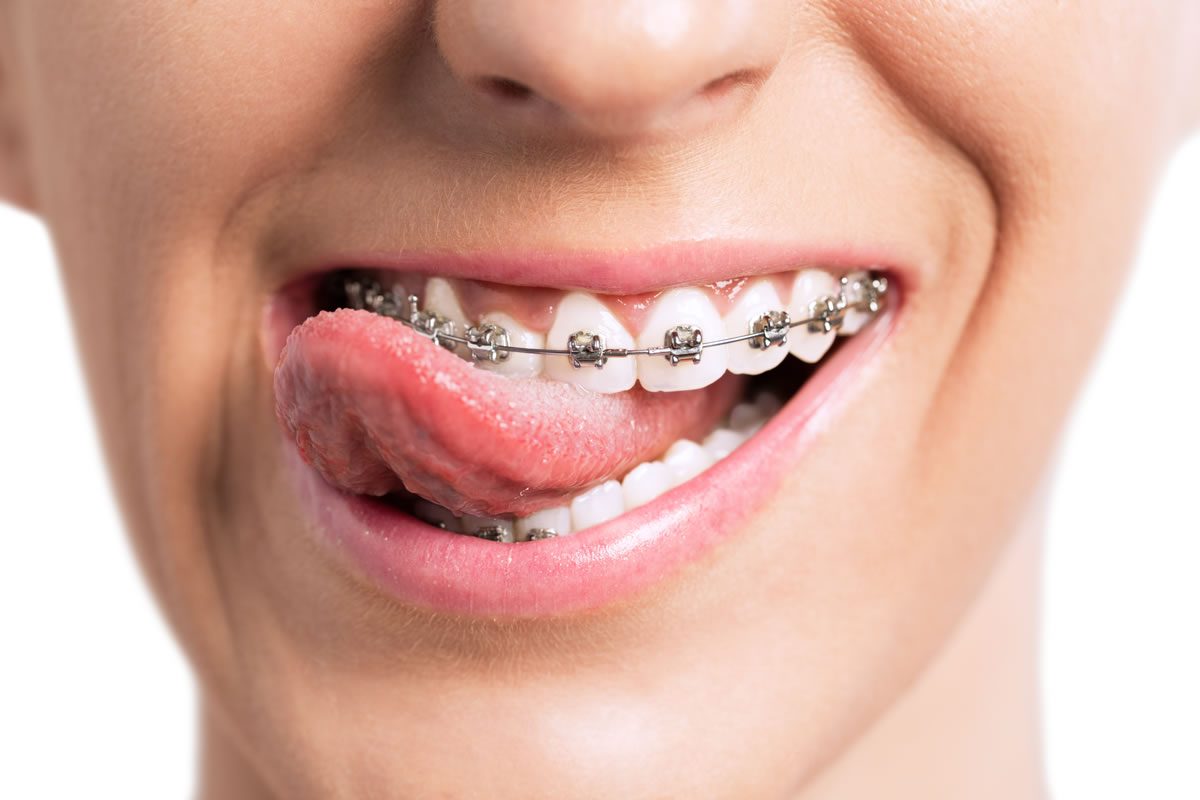Not known Facts About Causey Orthodontics
Table of ContentsCausey Orthodontics Things To Know Before You Get This10 Simple Techniques For Causey Orthodontics5 Easy Facts About Causey Orthodontics DescribedCausey Orthodontics Fundamentals ExplainedThe 10-Second Trick For Causey Orthodontics
Ignoring occlusal connections, it was typical to remove teeth for a variety of oral problems, such as malalignment or overcrowding. The principle of an intact teeth was not commonly appreciated in those days, making bite relationships seem unimportant. In the late 1800s, the principle of occlusion was essential for developing trusted prosthetic substitute teeth.As these concepts of prosthetic occlusion proceeded, it became an invaluable device for dentistry. It was in 1890 that the job and effect of Dr. Edwards H. Angle began to be really felt, with his payment to modern orthodontics particularly significant. Focused on prosthodontics, he taught in Pennsylvania and Minnesota prior to guiding his interest towards dental occlusion and the treatments needed to keep it as a typical condition, therefore coming to be understood as the "dad of modern orthodontics".

The idea of excellent occlusion, as proposed by Angle and integrated into a category system, enabled a shift towards treating malocclusion, which is any kind of variance from normal occlusion. Having a complete collection of teeth on both arches was highly demanded in orthodontic treatment due to the need for exact partnerships in between them.
Causey Orthodontics Things To Know Before You Get This
As occlusion became the vital concern, face proportions and visual appeals were neglected - best orthodontist near me. To achieve excellent occlusals without utilizing exterior pressures, Angle postulated that having perfect occlusion was the very best method to gain maximum face aesthetics. With the passing of time, it came to be quite evident that also an extraordinary occlusion was not ideal when considered from a visual viewpoint
Charles Tweed in America and Raymond Begg in Australia (that both studied under Angle) re-introduced dental care removal right into orthodontics throughout the 1940s and 1950s so they can improve face esthetics while likewise making certain much better stability worrying occlusal partnerships. In the postwar duration, cephalometric radiography started to be used by orthodontists for measuring modifications in tooth and jaw setting triggered by growth and therapy. It ended up being obvious that orthodontic therapy could adjust mandibular development, leading to the development of useful jaw orthopedics in Europe and extraoral pressure procedures in the US. These days, both functional devices and extraoral tools are used around the world with the goal of changing growth patterns and forms. Subsequently, seeking real, or at the very least improved, jaw relationships had ended up being the major objective of treatment by the mid-20th century.
The smart Trick of Causey Orthodontics That Nobody is Discussing
 The American Journal of Orthodontics was produced for this purpose in 1915; prior to it, there were no scientific objectives to adhere to, nor any type of precise category system and braces that lacked attributes. Until the mid-1970s, dental braces were made by covering metal around each tooth. With innovations in adhesives, it ended up being feasible to rather bond metal braces to the teeth.
The American Journal of Orthodontics was produced for this purpose in 1915; prior to it, there were no scientific objectives to adhere to, nor any type of precise category system and braces that lacked attributes. Until the mid-1970s, dental braces were made by covering metal around each tooth. With innovations in adhesives, it ended up being feasible to rather bond metal braces to the teeth.Andrews gave an informative interpretation of the suitable occlusion in long-term teeth. This has actually had meaningful effects on orthodontic therapies that are provided consistently, and these are: 1. Correct interarchal connections 2. Proper crown angulation (suggestion) 3. Correct crown inclination (torque) 4. No rotations 5. Limited contact factors 6. Apartment Contour of Spee (0.02.5 mm), and based on these concepts, he discovered a therapy system called the straight-wire home appliance system, or the pre-adjusted edgewise system.
The advantage of the style depends on its brace and archwire mix, which calls for only minimal wire bending from the orthodontist or medical professional (cheapest orthodontist near me). It's appropriately called after this feature: the angle of the port and thickness of the bracket base inevitably establish where each tooth is located with little need for extra adjustment
Getting My Causey Orthodontics To Work
Both of these systems employed identical brackets for every tooth and necessitated the flexing of an archwire in 3 planes for locating teeth in their wanted positions, with these bends determining ultimate placements. When it comes to orthodontic devices, they are split right into 2 kinds: detachable and repaired. Detachable appliances can be handled and off by the individual as needed.

Thus, almost all modern fixed devices can be thought about variants on this edgewise device system. Early 20th-century orthodontist Edward Angle made a major payment to the world of dentistry. He produced four unique appliance systems that have actually been utilized as the basis for several orthodontic treatments today, preventing a couple of exceptions.
Fascination About Causey Orthodontics

The wire ended in a string, and to move it forward, an adjustable nut was utilized, which enabled a rise in area. By ligation, each private tooth was affixed to this extensive archwire (orthodontist services). Because of its restricted variety of activity, Angle was not able to attain accurate tooth placing with an E-arch
These tubes held a soldered pin, which could be repositioned at each appointment in order to relocate them in place. Referred to as the "bone-growing device", this contraption was thought to encourage healthier bone development because of its potential for moving pressure directly to the roots. Executing it proved troublesome in reality.